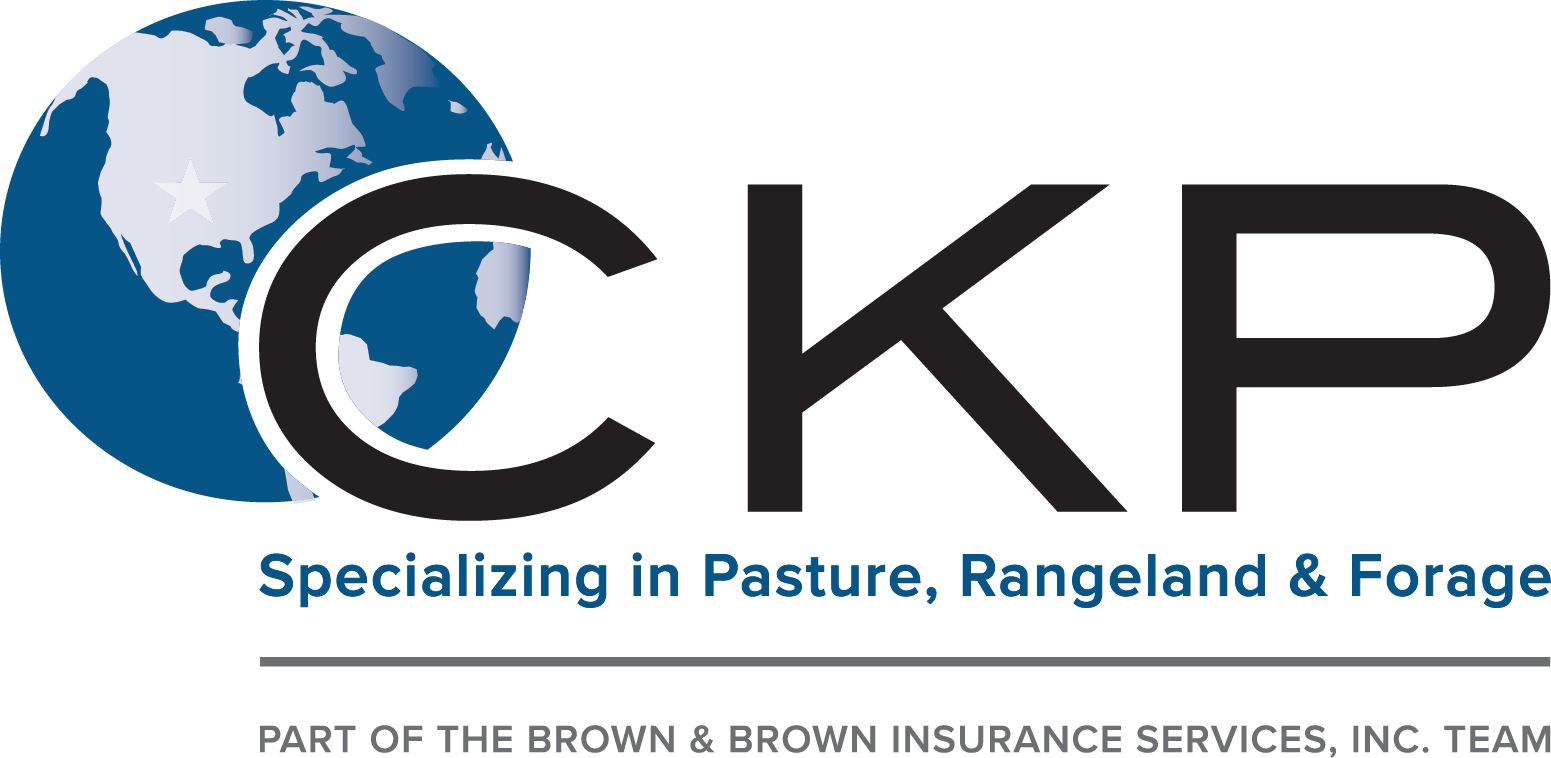The Ultimate Guide To Bagley Risk Management
The Ultimate Guide To Bagley Risk Management
Blog Article
Expert Advice on Danger Analysis and LRP Insurance Policy Solutions

The Value of Danger Evaluation
Effective risk assessment is essential in the decision-making procedure of any kind of company, directing critical preparation and source allowance. By methodically identifying, reviewing, and prioritizing possible dangers, organizations can expect obstacles, profit from possibilities, and make informed choices to attain their purposes. Threat evaluation allows organizations to proactively address vulnerabilities, reduce dangers, and maximize their threat monitoring approaches.
One of the key advantages of threat evaluation is its duty in improving operational effectiveness. By understanding the prospective threats that can influence various aspects of the company, companies can simplify procedures, assign resources much more effectively, and reduce the possibility of expensive disturbances. Furthermore, threat assessment makes it possible for companies to follow regulatory requirements, protect their reputation, and develop trust with stakeholders.
Recognizing Potential Losses
To comprehend the effect of danger analysis, it is necessary to comprehend the possible losses that can significantly impact a company's operations and financial security. Possible losses can develop from various sources, including natural disasters, economic recessions, functional failures, regulatory adjustments, and cybersecurity violations. These losses can cause direct costs such as home damages, legal costs, and fines, along with indirect prices like reputational damages and loss of market share.
Comprehending potential losses involves carrying out an extensive analysis of the dangers that might emerge and estimating the economic influence they might have on the company. By quantifying these possible losses, companies can prioritize danger mitigation efforts and allocate sources successfully. An extensive understanding of possible losses enables companies to make educated choices when choosing threat management methods, such as purchasing insurance protection or carrying out risk control steps.
Fundamentally, by acknowledging and comprehending potential losses, companies can proactively take care of risks and safeguard their long-term sustainability and success.
Role of LRP Insurance Solutions
The integration of LRP insurance policy remedies within an organization's threat management framework improves resilience and fortifies financial stability against unforeseen difficulties. LRP, or Loss Recuperation Item, insurance policy remedies play a critical function in alleviating the effect of possible losses by offering monetary defense and support in times of dilemma. These insurance policy options are tailored to satisfy the specific requirements of businesses, offering protection for various risks such as residential or commercial property damage, company interruption, responsibility insurance claims, and extra.
By transferring the financial danger to an insurance provider, services can concentrate on their core operations with greater tranquility of mind, understanding that they are safeguarded versus considerable monetary losses. Additionally, LRP insurance policy services can boost an organization's risk monitoring technique by supplementing existing threat mitigation measures and guaranteeing detailed protection across all locations of prospective vulnerability.
Identifying Secret Dangers
In the process of threat assessment, a critical action includes recognizing essential dangers that have the see it here prospective to impact a company's procedures and economic stability. Determining essential risks needs an extensive evaluation of interior and exterior elements that can pose threats to the company's goals. Interior dangers may include functional ineffectiveness, compliance problems, or human resource difficulties, while outside dangers can incorporate financial slumps, governing changes, or natural catastrophes.

Moreover, essential dangers must be frequently examined and updated to straighten with the try this site vibrant business environment. This proactive approach makes it possible for organizations to stay in advance of prospective threats and safeguard their long-term success.
Selecting the Right Insurance Coverage
Having identified the vital risks that can impact a company's operations and monetary security, the following crucial action includes very carefully selecting the right protection to efficiently take care of and alleviate these threats. When it involves picking the appropriate coverage, companies need to consider their specific danger exposure, monetary abilities, and tactical purposes. It is important to perform a comprehensive evaluation of the available insurance coverage alternatives to ensure that the chosen insurance coverage straightens with the organization's danger monitoring objectives.

Organizations must function very closely with experienced insurance professionals to examine their danger profiles and determine one of the most appropriate insurance products to resolve their demands. Customizing insurance protection to specific risks can help optimize security while reducing unnecessary costs. Furthermore, companies need to review plan conditions carefully to understand the extent of insurance coverage supplied and any prospective exemptions that might influence their risk reduction strategies.
Conclusion
In verdict, danger evaluation is vital in determining prospective losses and selecting the best LRP insurance policy services. Expert assistance can assist browse the intricacies of threat evaluation and insurance policy services, giving companies with the needed devices to successfully handle and alleviate dangers.
Expert guidance plays a pivotal function in this process, supplying useful insights right into recognizing and evaluating risks, as well as tactically choosing suitable insurance policy protection customized to alleviate those dangers efficiently. A thorough understanding of possible losses enables organizations to make informed choices when choosing risk More Bonuses administration techniques, such as buying insurance policy protection or applying danger control steps.

Report this page